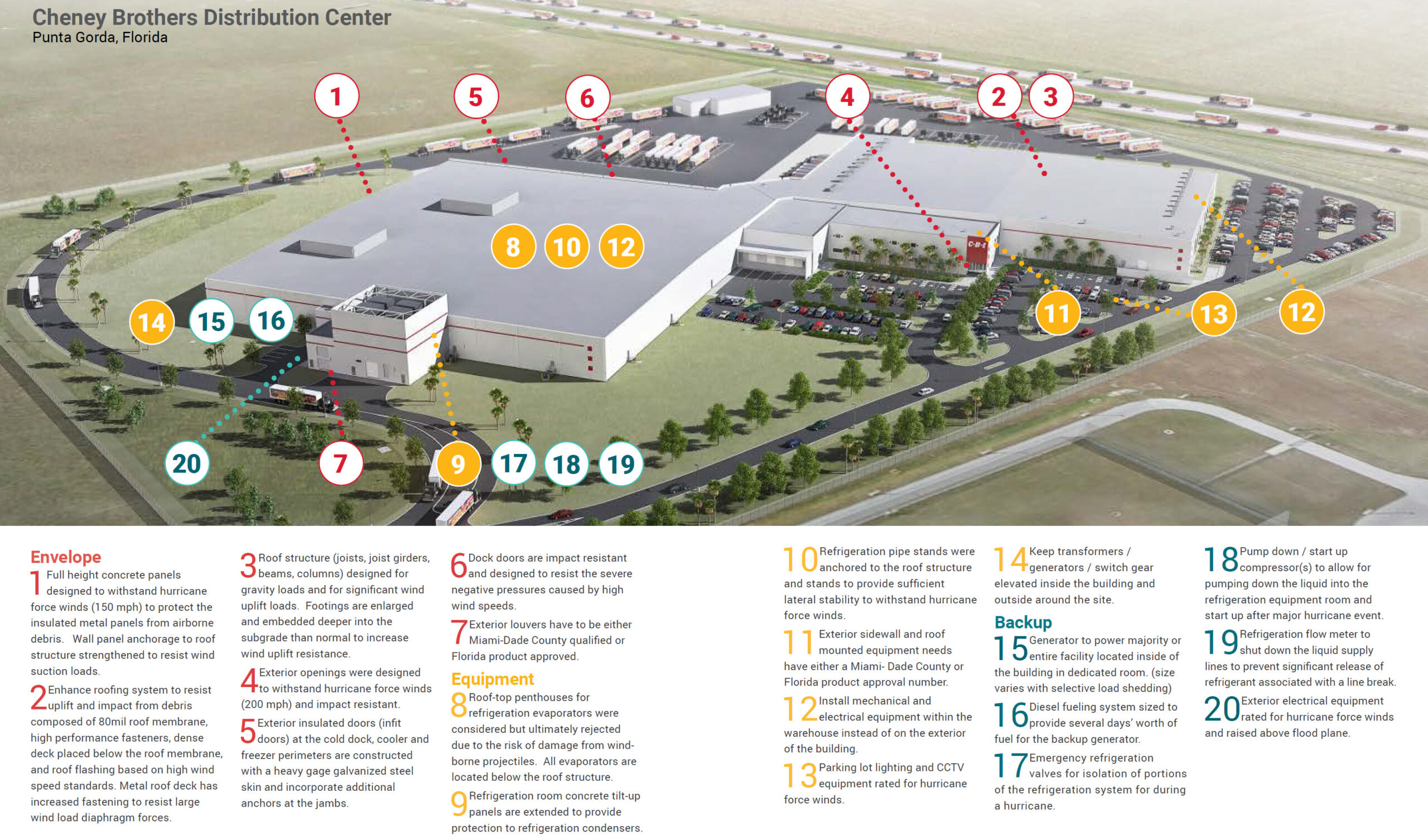AIA Nebraska recognizes the Omaha VA Ambulatory Care Center with an Architecture Citation Award
Hennepin County Medical Examiner Facility
Hennepin County Medical Examiner Facility
LEO A DALY’s design for the Hennepin County Medical Examiner (HCME) Facility supports an expanded service model for the county to deliver regional death investigation and medico-legal autopsy services. The Medical Examiner’s office is a regional Center of Excellence serving Hennepin, Dakota and Scott Counties and other referral-based counties encompassing over 50% of Minnesota and Wisconsin. The facility encompasses eleven autopsy and two decomp autopsy stations, storage coolers and freezers for more than 130 decedents, specialized examination and analysis areas, tissue recovery, investigations and spaces for advanced observation and training of the nation’s finest. The design also includes spaces for secured and cooled, evidence storage, mass casualty response, sally port and secured parking and other building functions.
The design performance requirements focus on safety, security, efficiency, flexibility and NAME accreditation, with the goal of being one of the nation’s leading, most advanced medical examiner facilities and attracting the nation’s top talent in forensic death investigations. The facility integrates training and education spaces, including training autopsy stations with 180-degree visual table observation and 96” vertical monitors for photographic, Lodox and investigative digital imagery. The facility will enable in-depth educational opportunities of traveling fellows and doctorate students within the industry and serve as a feeder for recruitment.
The nexus of the design vision is to create a facility that supports the forensic death investigation operations and supports the mental, emotional and social health of the staff and doctors that deal with the often-challenging nature of their business. The facility is nestled into a suburban woodland capturing views from staff offices, training and break areas into natural forests, prairies and wetlands. Designers selected natural materials and lighting strategies for non-morgue operations spaces to reduce stress levels and to encourage personal reflection, when needed, as well as social interaction between staff.
The dedicated spaces where autopsies are performed require unique HVAC and lighting solutions. Computational Fluid Dynamics (CFD) modeling performed by the LEO A DALY engineering team assured the airflow was continuously directed from the ceiling towards the floor, cycling odors downward, away from the examiner. The examination spaces’ HVAC system uses 100% fresh air cycling at 58,000 cubic feet per minute and maintains a constant negative pressure. Illuminating the autopsy suite included natural lighting through angled skylights, automated, photocell, overhead lighting and focused task lighting above each autopsy station that is adjustable for various task performance and automated for energy efficiency.
Client
Hennepin County
At a glance
64,000 SF
Features
State-of-the-art medical examiner’s facility
Training and education spaces
Services
Architecture
Interior design
Structural, mechanical, electrical and fire protection engineering
Awards
2022 Minneapolis AIA Award of Merit
2023 Best of Sustainable Buildings 2030



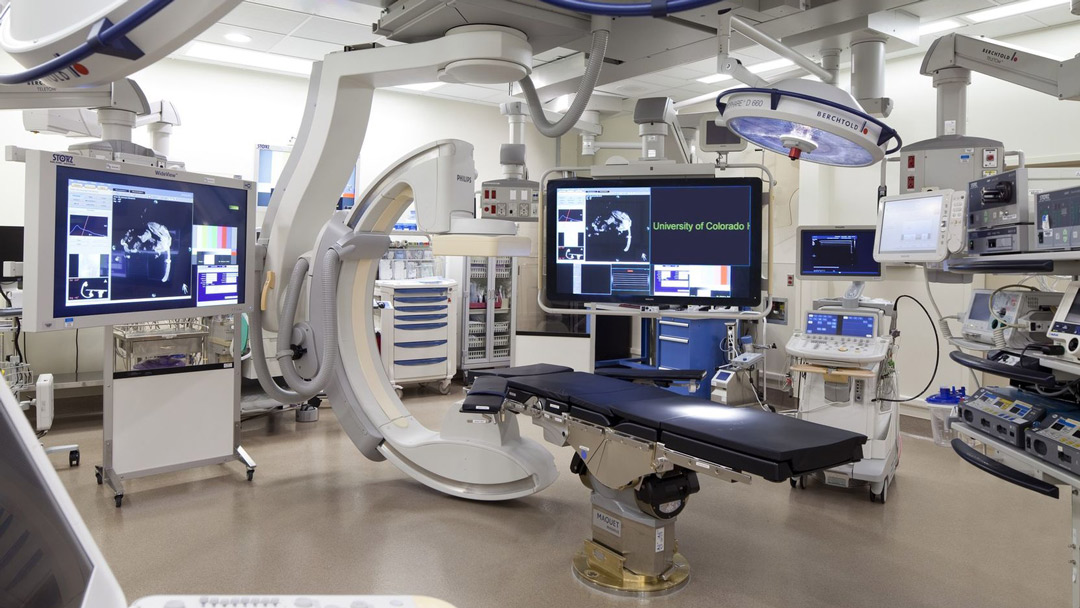
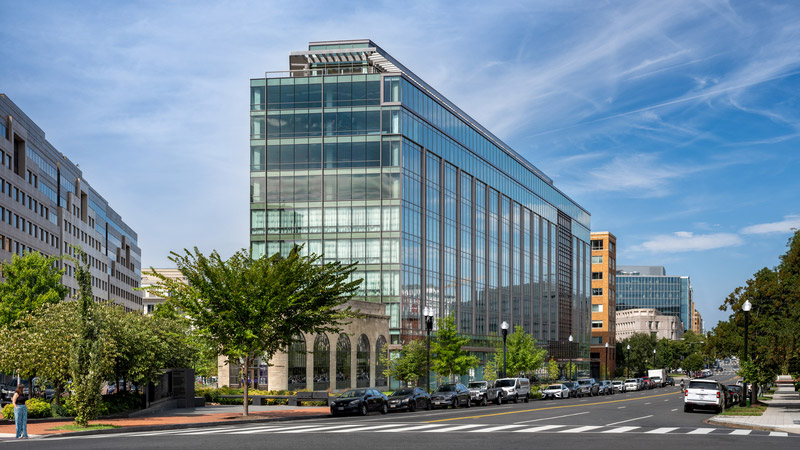

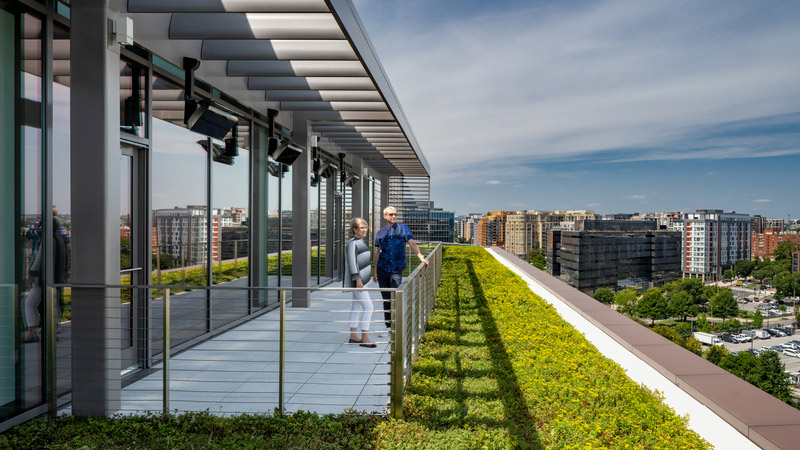
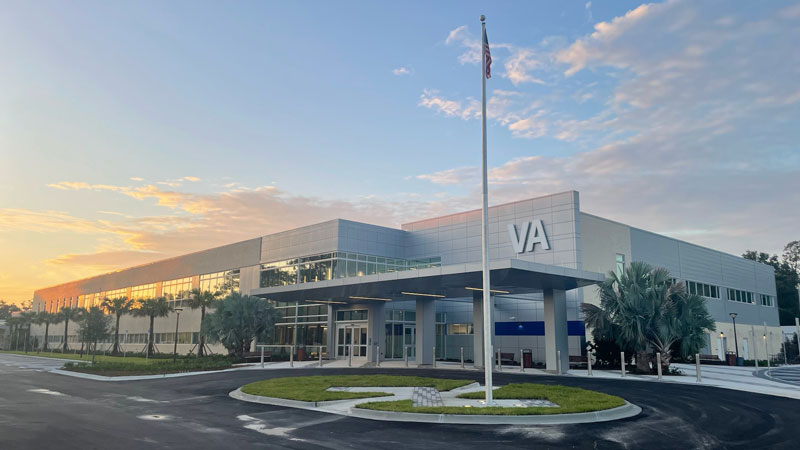

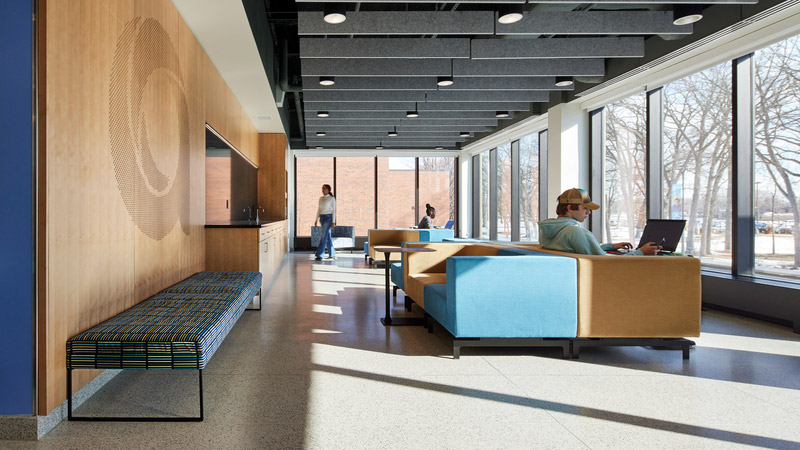


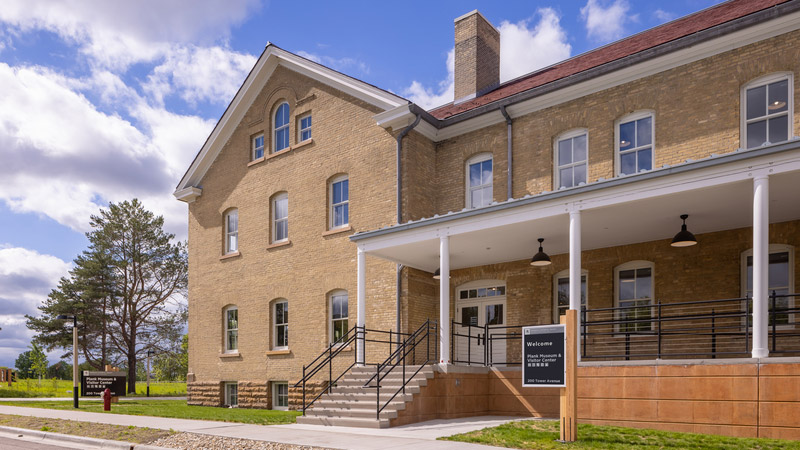

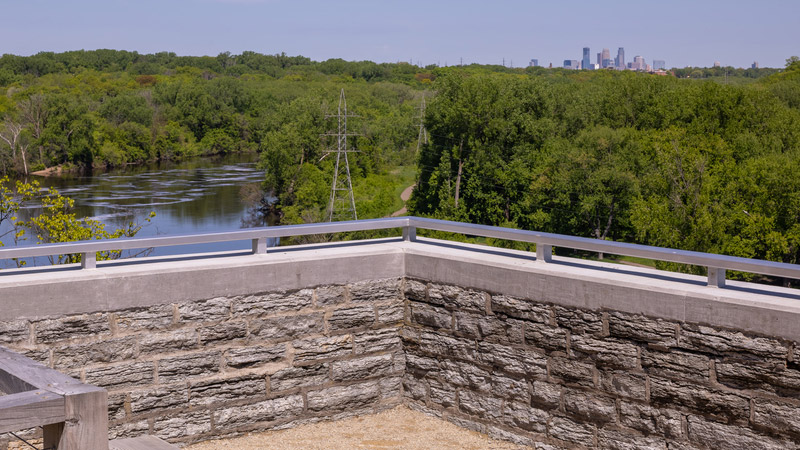
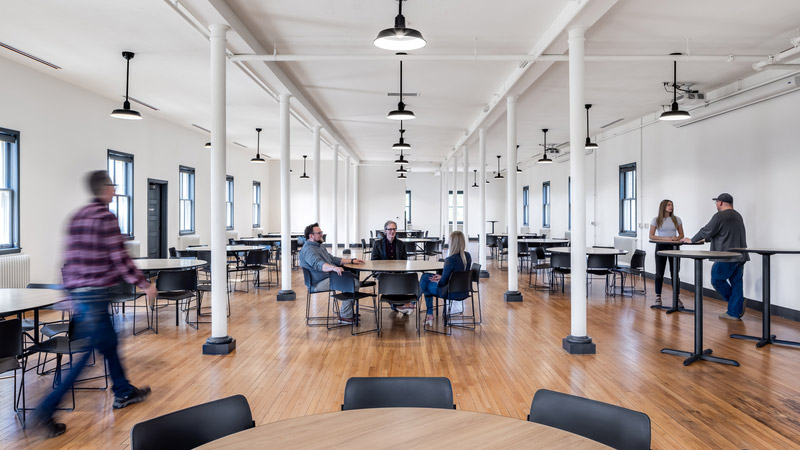
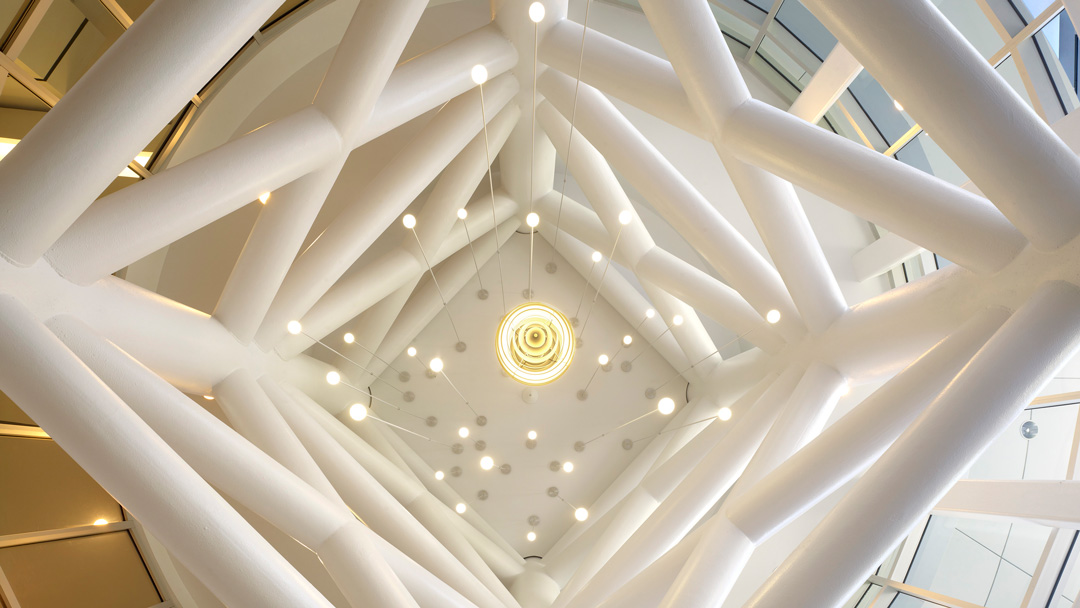



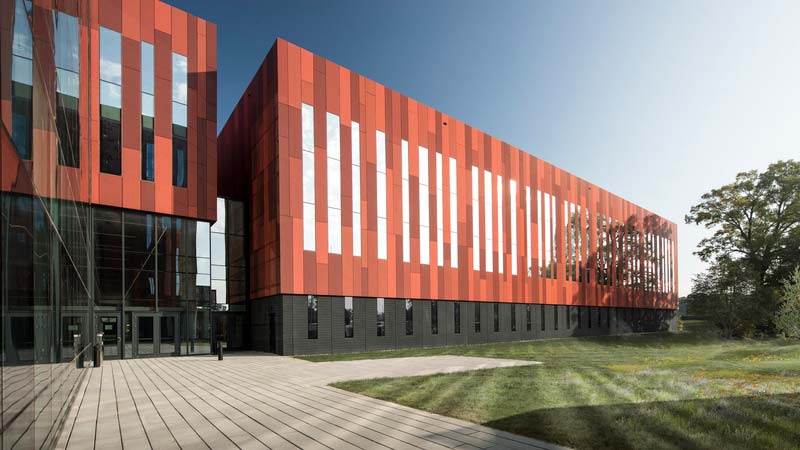

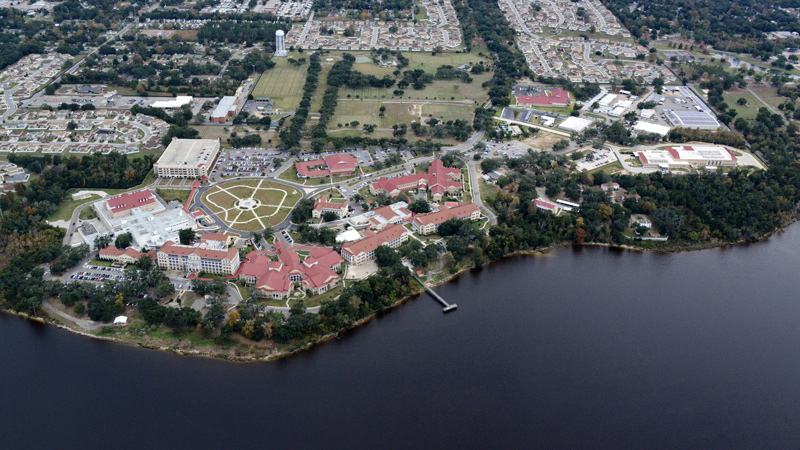
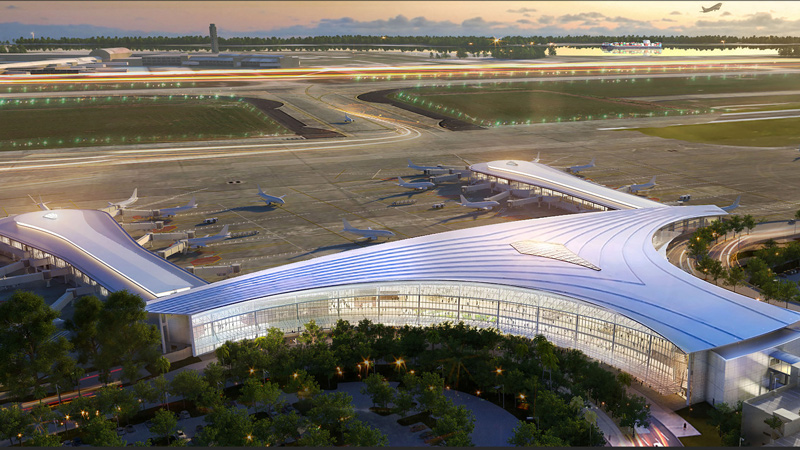
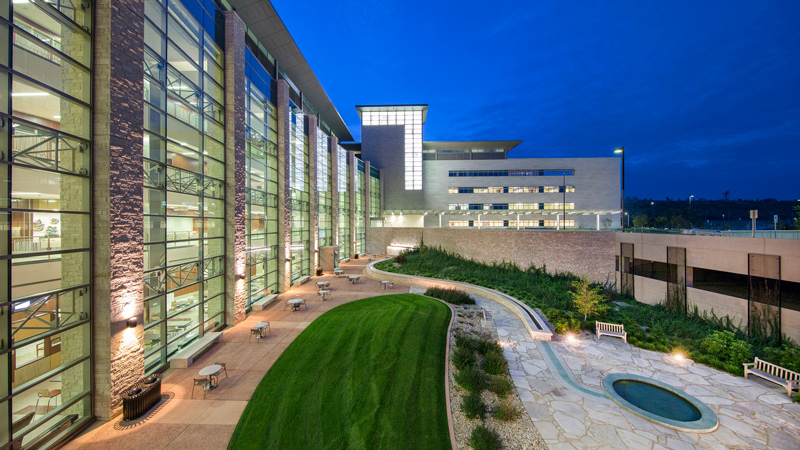
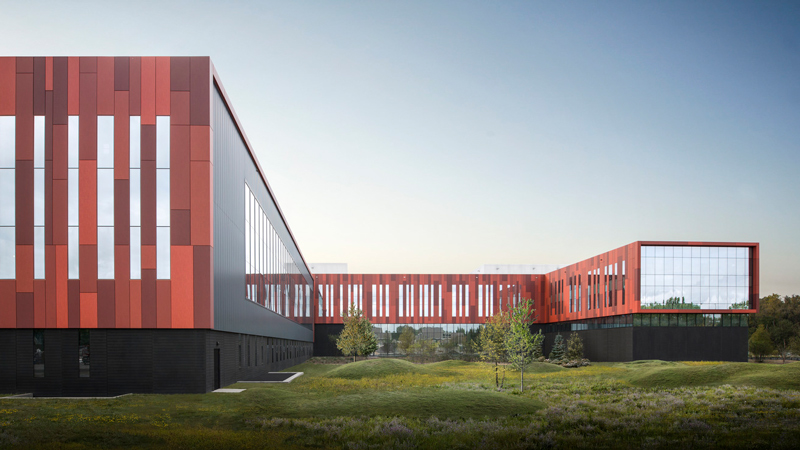
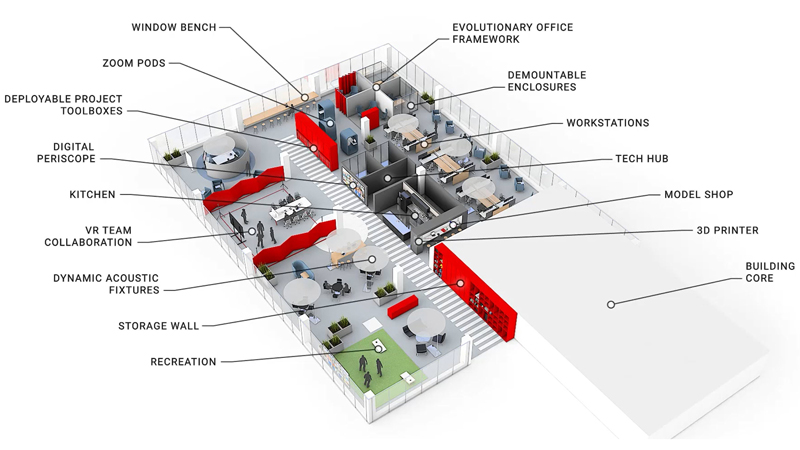
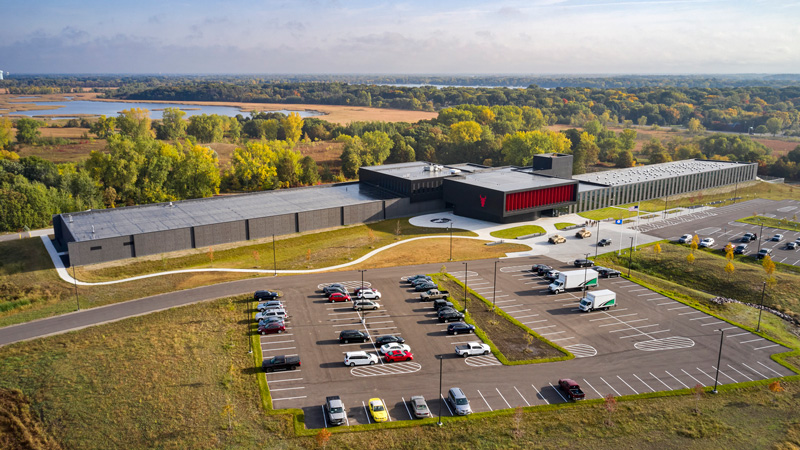
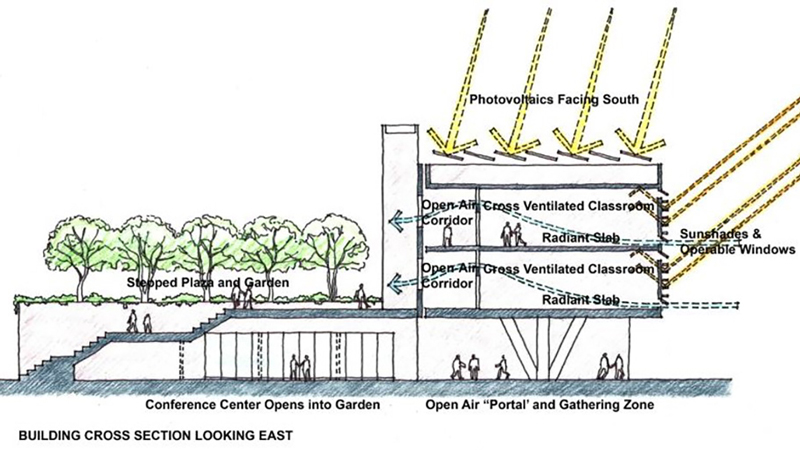
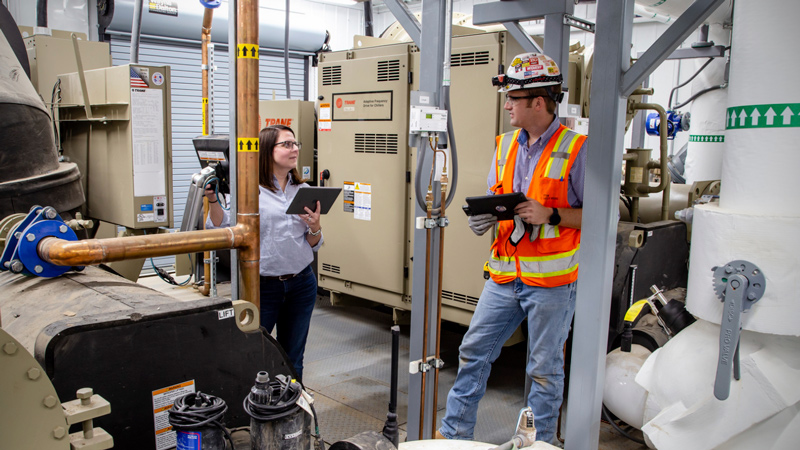
 National Director of Engineering
National Director of Engineering 
